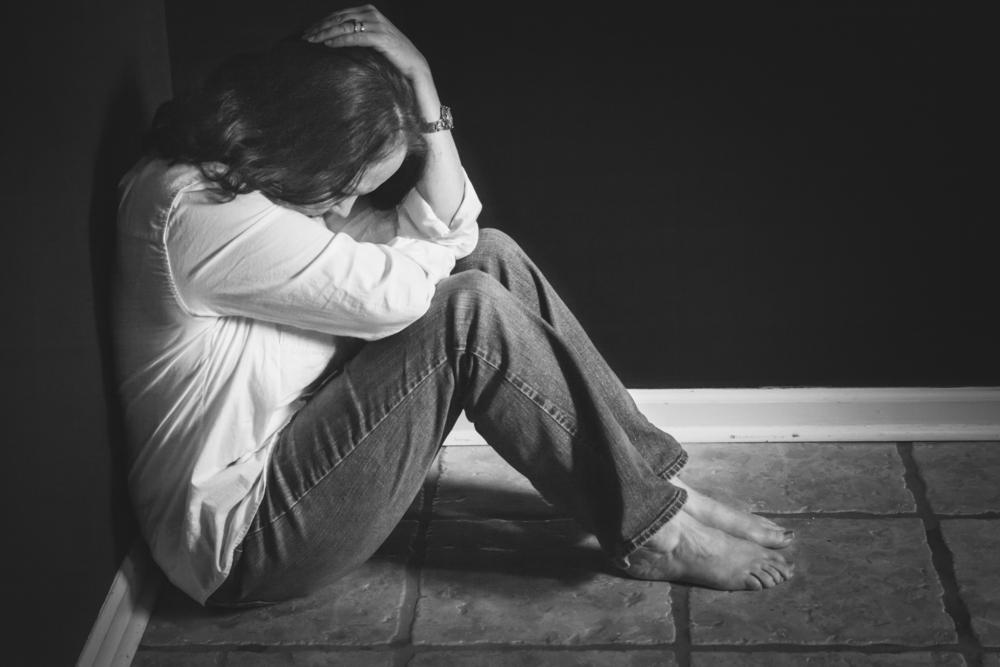Recognizing the Signs and Types of Anxiety Disorders
This article outlines common anxiety disorders, their symptoms, and how to recognize them. It covers general anxiety, panic attacks, social anxiety, phobias, and separation anxiety, highlighting physical and psychological signs. Understanding these conditions can lead to early diagnosis and effective treatment, improving mental well-being. Recognizing stress symptoms is also vital, as chronic stress often triggers anxiety issues. Seeking professional help is recommended for managing these disorders effectively and maintaining overall health.
Recognizing the Signs and Types of Anxiety Disorders
Varieties of Anxiety Disorders
Each anxiety disorder has its unique physical and psychological features. Symptoms may appear frequently throughout the day or less often, depending on the person.

Below are some of the most common anxiety conditions along with their typical signs and symptoms:
Generalized Anxiety Disorder (GAD)
Those with GAD often experience constant unease without a clear cause. They worry excessively about routine issues like health or relationships, with symptoms lasting for months.
Physical indicators include:
Sleep disturbances
Dizziness
Rapid heartbeat
Shaking
Dry mouth
Headaches
Stomach pain
Breathing difficulties
Muscle tension
Psychological symptoms encompass:
Social withdrawal
Avoidance of certain situations
Persistent fear or dread
Irritability
Restlessness
Panic Disorder
This condition involves sudden episodes of intense fear, often without a real threat. These episodes, known as panic attacks, can occur multiple times daily or rarely. Not all panic episodes lead to a diagnosis.
Common signs include:
Avoidance of specific places
Heavy sweating
Trembling
Feelings of tingling or impending disaster
Feeling out of control
Social Anxiety Disorder
Individuals with social anxiety feel constantly scrutinized, which makes social interactions stressful. It can resemble shyness but significantly impacts relationships and performance at work or school.
Signs often are:
Rapid heartbeat
Trembling
Stomach discomfort
Rigid posture
Speaking softly
Avoiding eye contact
High self-awareness
Phobias
Phobias involve irrational fears of specific objects, situations, or places, such as spiders or elevators. These fears provoke physical symptoms like increased heartbeat and breathlessness upon exposure.
Typical signs:
Elevated heart rate
Shortness of breath
Avoidance behaviors
Intense fear when facing the phobic stimulus
Separation Anxiety Disorder
This disorder is characterized by excessive fear of losing loved ones or being abandoned. It is common in children but can also affect adults, leading to excessive worry about separation or safety.
In children, symptoms include:
Clinging to parents
Refusing to attend school
Poor academic performance
Isolation
Adults may show:
Persistent distress when separated from loved ones
Fear of harm or kidnapping
Avoiding being alone
Stress and Its Common Indicators
Stress is a major trigger for anxiety, manifesting as irritability, difficulty concentrating, social withdrawal, or appetite changes. Chronic stress can contribute to mental illnesses, heart problems, skin issues, and gastrointestinal conditions. Recognizing stress and anxiety signs early allows for timely intervention and management through therapy, medication, or lifestyle changes.









